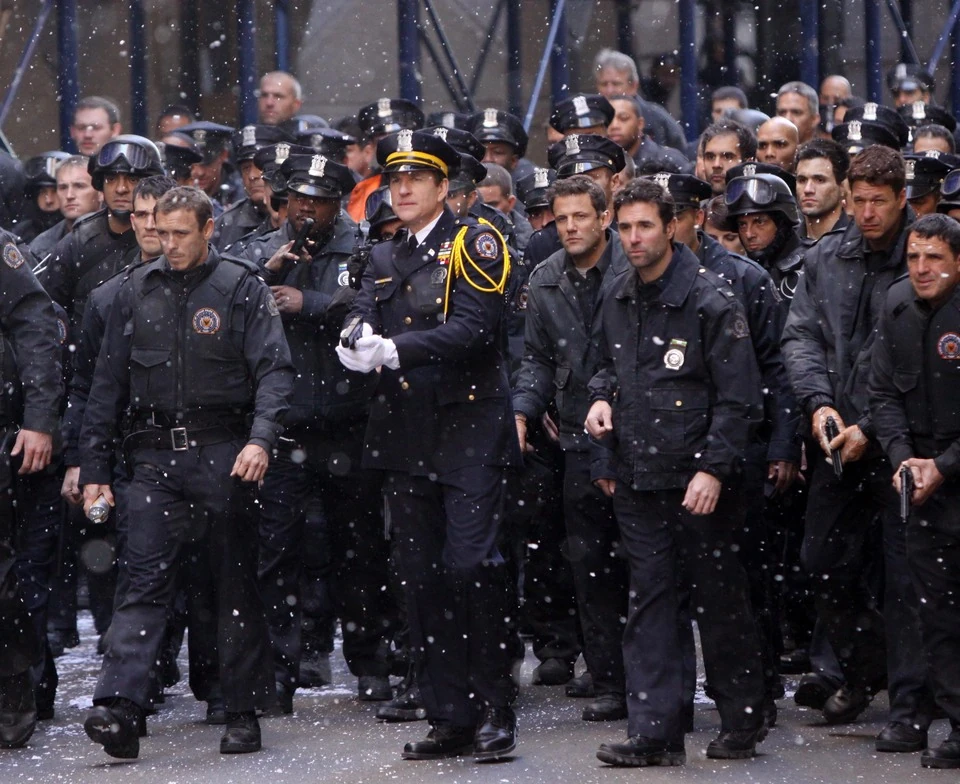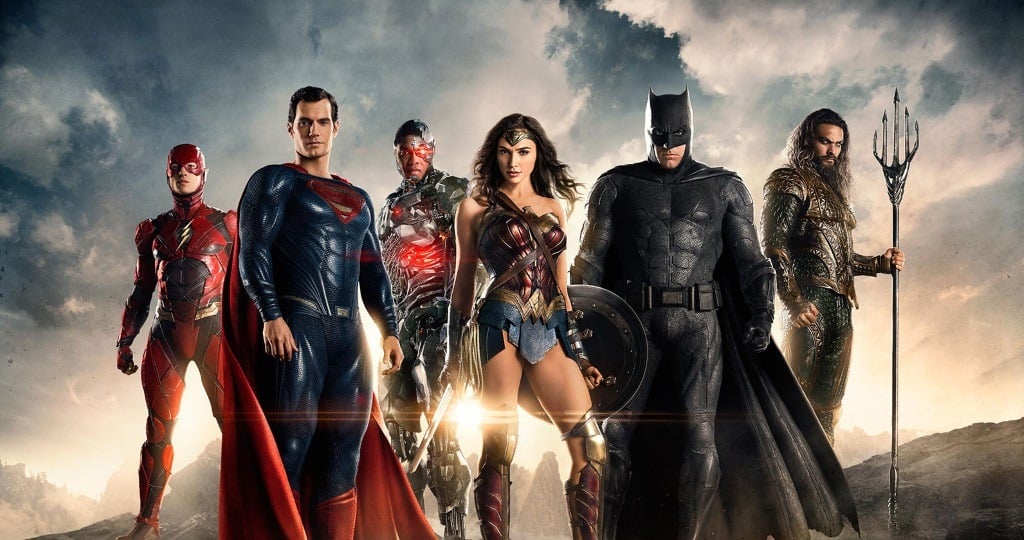Batman is a fictional superhero appearing in American comic books published by DC Comics. The character was created by artist Bob Kane and writer Bill Finger, and first appeared in Detective Comics #27 (May 1939). Originally named the "Bat-Man", the character is also referred to by such epithets as the Caped Crusader, the Dark Knight, and the World's Greatest Detective.
Batman's secret identity is Bruce Wayne, an American billionaire, playboy, philanthropist, and owner of Wayne Enterprises. After witnessing the murder of his parents Thomas Wayne and Martha Wayne as a child, he swore vengeance against criminals, an oath tempered by a sense of justice. Wayne trains himself physically and intellectually and crafts a bat-inspired persona to fight crime. Batman operates in the fictional Gotham City, with assistance from various supporting characters, including his butler Alfred, police commissioner Gordon, and vigilante allies such as Robin. Unlike most superheroes, Batman does not possess any superpowers; rather, he relies on his genius intellect, physical prowess, martial arts abilities, detective skills, science and technology, vast wealth, intimidation, and indomitable will. A large assortment of villains make up Batman's rogues gallery, including his archenemy, the Joker.
Batman in the world
Batman became popular soon after his introduction in 1939 and gained his own comic book title, Batman, the following year. As the decades went on, differing interpretations of the character emerged. The late 1960s Batman television series used a camp aesthetic, which continued to be associated with the character for years after the show ended. Various creators worked to return the character to his dark roots, culminating in 1986 with The Dark Knight Returns by Frank Miller. The success of Warner Bros.' live-action Batman feature films have helped maintain the public's interest in the character.
Creation
In early 1939, the success of Superman in Action Comics prompted editors at National Comics Publications (the future DC Comics) to request more superheroes for its titles. In response, Bob Kane created "the Bat-Man". Collaborator Bill Finger recalled that "Kane had an idea for a character called 'Batman,' and he'd like me to see the drawings. I went over to Kane's, and he had drawn a character who looked very much like Superman with kind of ... reddish tights, I believe, with boots ... no gloves, no gauntlets ... with a small domino mask, swinging on a rope. He had two stiff wings that were sticking out, looking like bat wings. And under it was a big sign ... BATMAN". The bat-wing-like cape was suggested by Bob Kane, inspired by Leonardo Da Vinci's sketch of an ornithopter flying device as a child.
Finger suggested giving the character a cowl instead of a simple domino mask, a cape instead of wings, and gloves; he also recommended removing the red sections from the original costume. Finger said he devised the name Bruce Wayne for the character's secret identity: "Bruce Wayne's first name came from Robert Bruce, the Scottish patriot. Wayne, being a playboy, was a man of gentry. I searched for a name that would suggest colonialism. I tried Adams, Hancock ... then I thought of Mad Anthony Wayne." He later said his suggestions were influenced by Lee Falk's popular The Phantom, a syndicated newspaper comic-strip character with which Kane was also familiar.
Kane and Finger drew upon contemporary 1930s popular culture for inspiration regarding much of the Bat-Man's look, personality, methods, and weaponry. Details find predecessors in pulp fiction, comic strips, newspaperheadlines, and autobiographical details referring to Kane himself. As an aristocratic hero with a double identity, Batman had predecessors in the Scarlet Pimpernel (created by Baroness Emmuska Orczy, 1903) and Zorro(created by Johnston McCulley, 1919). Like them, he performed his heroic deeds in secret, averted suspicion by playing the fool in public, and marked his work with a signature symbol. Kane noted the influence of the films The Mark of Zorro (1920) and The Bat Whispers (1930) in the creation of the character's iconography. Finger, drawing inspiration from pulp heroes like Doc Savage, The Shadow, Dick Tracy, and Sherlock Holmes, made the character a master sleuth.







